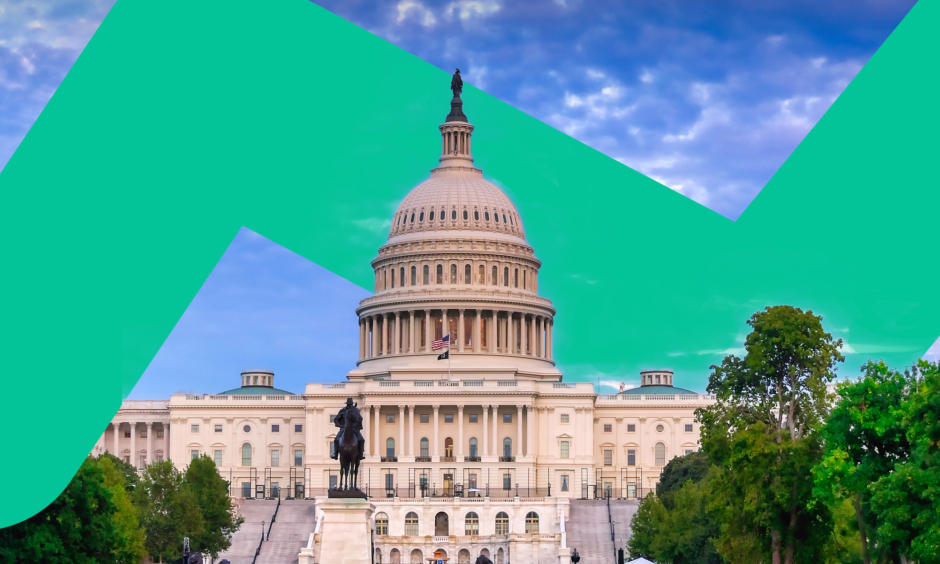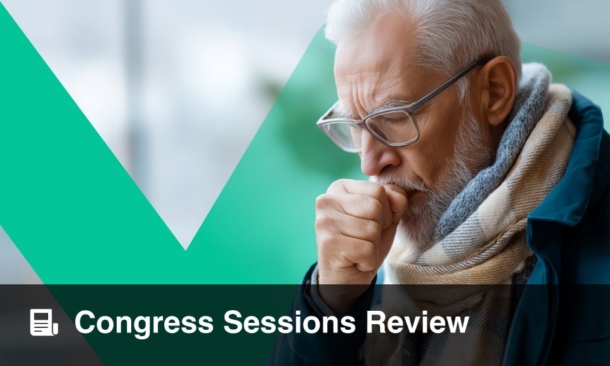Author: Robin Stannard, EMJ
Citation: Respir AMJ. 2023;1[1]:23-25. DOI/10.33590/respiramj/10307650. https://doi.org/10.33590/respiramj/10307650.
![]()
INTRODUCTION
In their presentation at ATS, Pérez-Stable introduced their keynote lecture by summarizing what they understand as the underlying core concepts of the health disparities crisis. One of the key contributing factors to the crisis is a lack of diversity in those providing healthcare, which can arise from both legal and structural barriers, and remains a significant problem reflected in the proportional representation of medical school graduates. The recent COVID-19 pandemic has underlined to public health researchers that community engagement, building relationships, and understanding the motivations of the population is critical to the quality of public health research. Additionally, the health disparities research community is sorely lacking in data science expertise, and disparities in health outcomes due to ethnicity and socioeconomic class need to be measured in a standardized way. Without this data standardization, key contributing mechanisms will be missed. Implementation science also needs to be improved in the field, as interventions with efficacy need to be identified and put to best use. Pérez-Stable remarked that a significant trend observed by experts in the field is that efficacy of interventions is lacking in the most disadvantaged populations, compounding disparities in health outcomes.
Pérez-Stable also used their introduction to establish the populations and communities that researchers in the field have identified as disadvantaged in terms of health equity. These groups include racial and ethnic minorities, those of lower socioeconomic class, and women of color. In 2016, sexual and gender minorities were also added to this list. The field has embraced the notion that all these populations have social disadvantage that is due, at least in part, to social discrimination and racism, in addition to being underserved by healthcare systems. Health outcomes tend to be worse in these populations when compared with reference populations, demonstrating health inequity.
TOBACCO USE AND EDUCATIONAL ATTAINMENT
In their presentation, Pérez-Stable highlighted the importance of socioeconomic measures for understanding health disparities. By analyzing health in relation to educational attainment, comparing individuals with or without a college degree, researchers were able to summarize that the possession of a college degree is beneficial for health. Total health inequities related to premature death, lost labor hours, and other factors for those with less educational attainment than a college degree equated to almost 1 trillion USD in the USA in 2018. Significant progress has been made in recent years in terms of health equity relating to combustible tobacco consumption. Data published by the Centers for Disease Control and Prevention (CDC) in 2021 demonstrated no great difference in rates of tobacco use between different racial and ethnic groups. However, what remains is a huge educational gradient of tobacco use, with a particular stark increase in rates for those with a high school diploma compared to those with a college degree. Pérez-Stable explained that this is one possible reason why we see such significantly different health outcomes with educational attainment. On deeper analysis, data from tobacco use surveys show that the benefit of educational attainment is decreased for people of color compared to White populations. This is a trend that health disparities researchers see across the board, namely an improvement in ethnic minorities with increasing educational attainments; however, absolute benefit compared with White populations remains lower.
THE PANDEMIC AND DISPARITIES
As with many other aspects of society, the COVID-19 pandemic shone a light on healthcare systems, highlighting societal inequities and disparities in how disadvantaged groups receive medical care. Racial and ethnic disparities in COVID-19 mortality were initially ascribed to biological differences, such as higher rates of obesity and heart disease. In reality, the differences in mortality were, to a much greater degree, intrinsically interlinked with social and structural differences. In 2022, when the vaccine had been rolled out to much of the USA’s population, a huge leveling of the playing field was seen between different ethnic groups in terms of mortality. Uptake for the vaccine was similar across racial and ethnic groups, resulting in an equalization of the differences, and an example of a successful and equitable intervention.
The pandemic also brought with it changes in standard medical practice, the acceptance of telemedicine being just one. In 2020, insurers in the USA were disinclined to cover tele-visits, except for a minimal number of exceptional circumstances. However, as restrictions increased, telemedicine was quickly adopted. Pérez-Stable emphasized the importance of public health researchers being aware of changing practices, such as the spread of telemedicine, for monitoring how this change may impact disparities in healthcare. Evidence from the pandemic and beyond has already demonstrated that racial and ethnic minorities, older adults, and those who do not speak English are less likely to be offered telemedicine, and are less likely to accept it.
DIVERSITY WITHIN THE MEDICAL PROFESSION AND HEALTHCARE SYSTEMS
Patient communication and the doctor–patient relationship is an essential constituent part of healthcare provision; however, there is a conspicuous lack of quality research in this area focusing of disparities and equities. Only 14% of medical school graduates come from all underserved and disadvantaged populations. Pérez-Stable drew the audience’s attention to data on medical school enrolment: American Indian and American Alaskan populations account for well under 1% of total enrolments. Though African-American and Latino community enrollment has now reached a proportional 7%, until recent years this rate has hovered around 3–4%, meaning that the current practicing medical profession does not have proportional ethnic and racial representation. However, Pérez-Stable highlighted that the current minority enrolment rate of approximately 14% means that the pipeline is not empty, and the medical community of the future will be far more representative and equal for minority populations.
Healthcare provision is also inextricably defined by access. The proportion of the USA’s population who are uninsured has decreased over recent years with the introduction of the Affordable Care Act (ACA). Uninsured rates in the USA population are now below 10%; however, the proportion of populations that are uninsured varies between different racial, ethnic, and socio-economic groups. For example, the uninsured rate in Hispanic populations is just below 20%, significantly higher than the reference population. Patient-centered care and primary care are essential and fundamental foundations of healthcare systems. Empirical evidence shows that effective primary care saves lives; however, not enough efforts have yet been made to move healthcare in the USA in this direction. Pérez-Stable suggested to the audience that equity and equality should be made essential measures for institutions, with rewards that encourage them to take care of the most vulnerable constituent populations. The ACA is the first move towards making healthcare systems responsible for population health.
CONCLUSIONS
Pérez-Stable’s presentation touched on key instances of health inequity displayed at all levels within the USA’s healthcare system. Highlighting disparities from the source of healthcare with the lack of proportional representation in medical student cohorts, encompassing inequitable healthcare provision demonstrated by the telehealth and initial COVID-19 responses, and finally touching on the differences between health risk choices made by the individuals with tobacco use surveys, Pérez-Stable underlined how health disparities are currently endemic to healthcare in the USA. These examples highlight the importance in observing, understanding, and combining these data to define factors associated with, and contributing to, health inequities, as emphasized by Pérez-Stable. Additionally, recent interventions focusing on tobacco use and the COVID-19 vaccine demonstrate the value of efficacious interventions that work for all aspects of the population.








